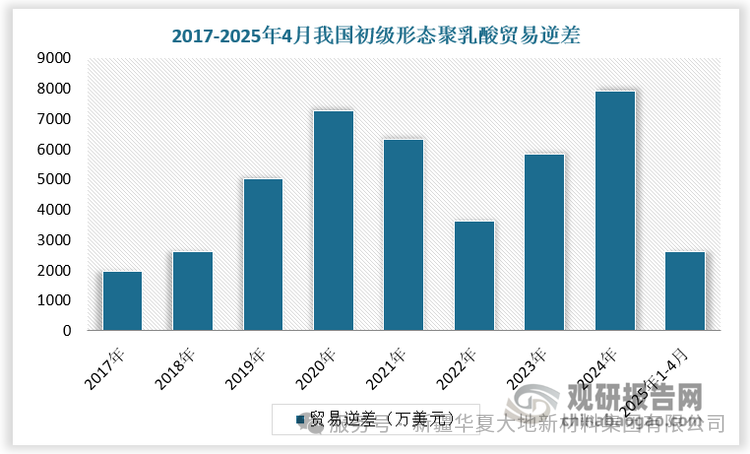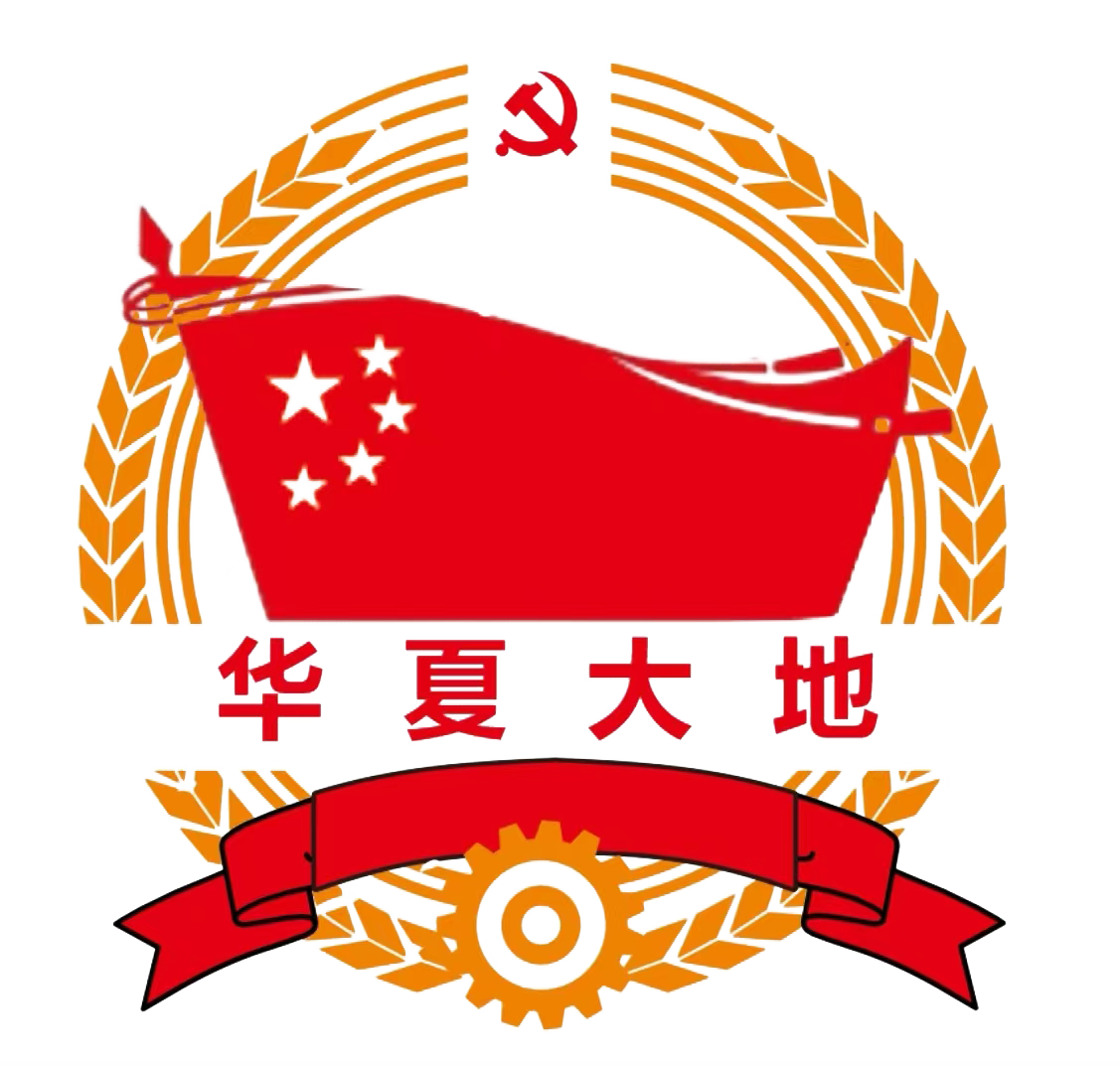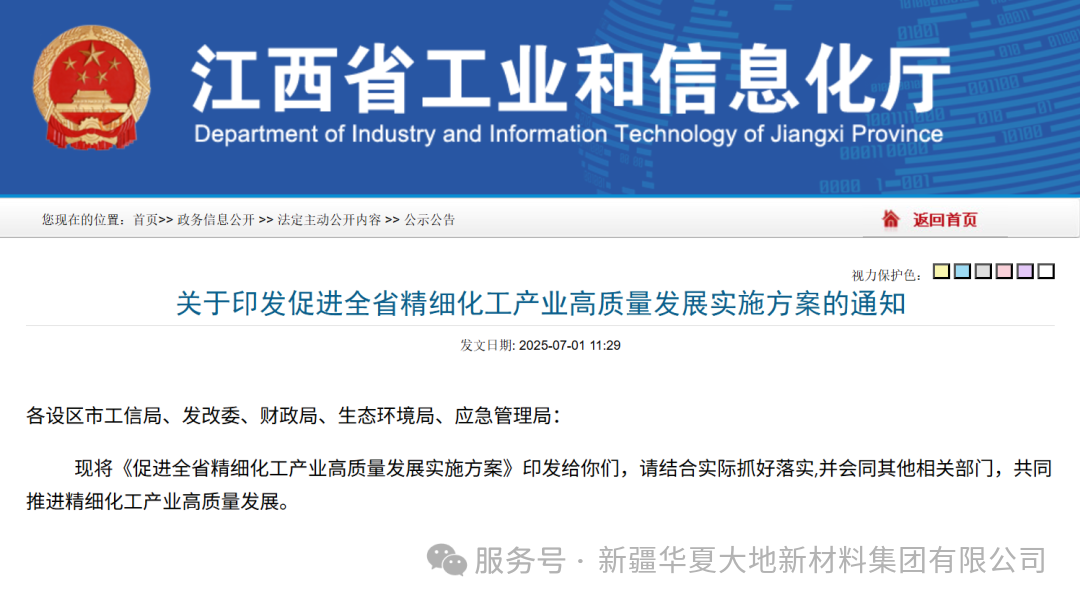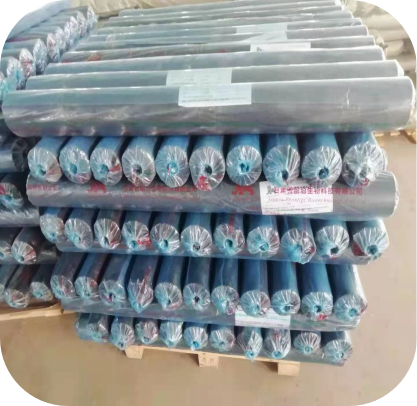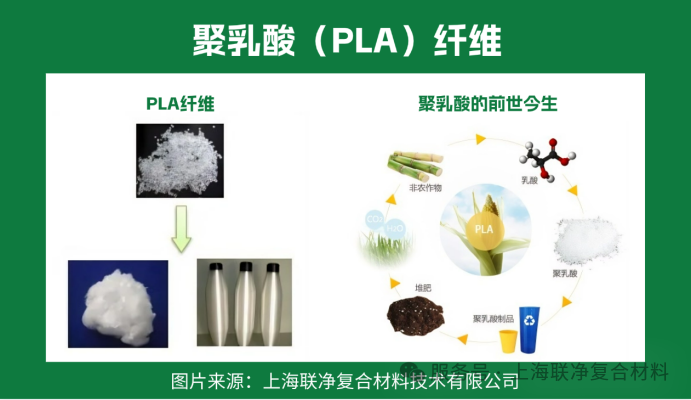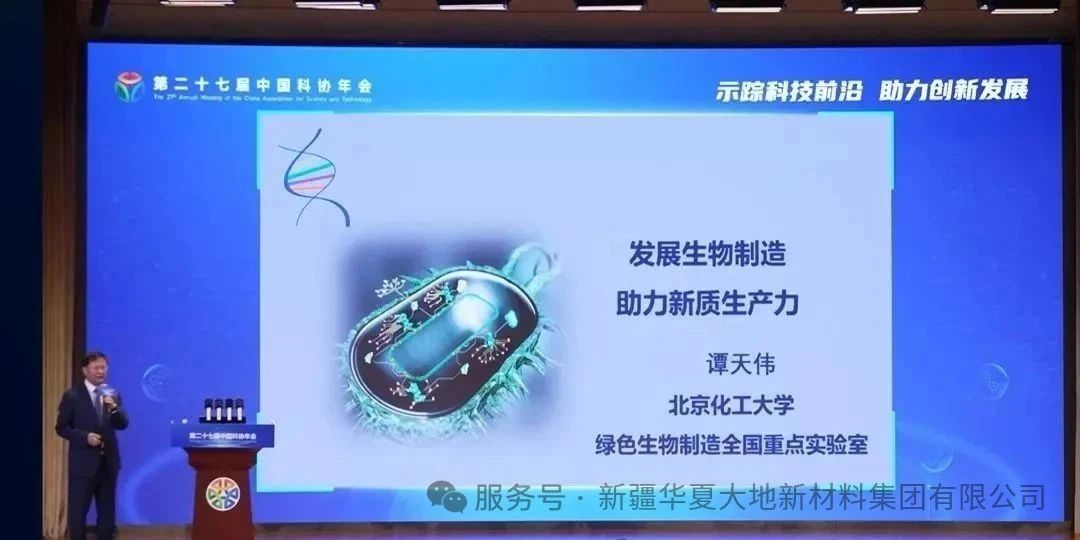The upgraded "plastic restriction order" has driven a sharp increase in domestic demand for polylactic acid (PLA) applications. PLA, also known as polypropylene lactate, is a polyester polymer obtained by polymerizing lactic acid as the main raw material. It is a new type of biodegradable material.
According to the "China Polylactic Acid (PLA) Industry Development Trend Analysis and Future Prospect Forecast Report (2025-2032)" released by Guanyan Report Network, with the increasing global concern for the environment, the demand for bioplastics is constantly rising, which creates growth opportunities for the PLA market. From the domestic perspective, China has gradually upgraded the "plastic restriction order" since 2020, requiring a significant reduction in the consumption of disposable plastic products in key cities by 2025. The use of degradable materials is explicitly required in areas such as express packaging and disposable tableware. PLA, with its excellent mechanical properties and environmental friendliness, has become one of the preferred materials.
In recent years, the domestic demand for PLA applications has surged. According to data, China's PLA consumption reached 150,000 tons in 2023 and is expected to further increase to 240,000 tons in 2024, with a growth rate as high as 60%.
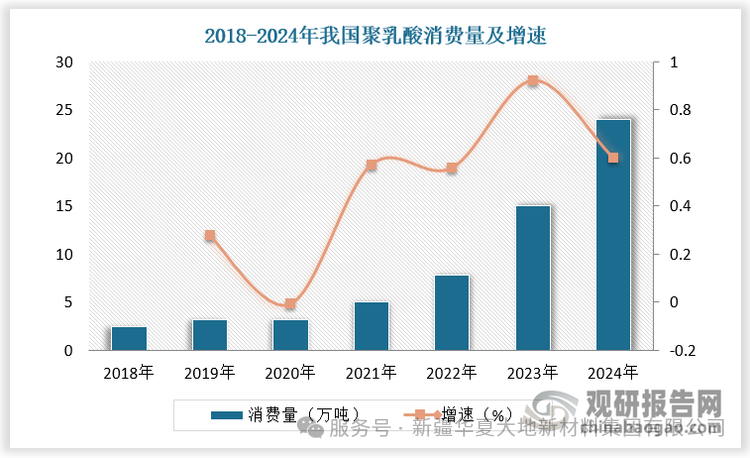 II. The production capacity of polylactic acid in China has been continuously expanding, but the dependence on imported high-end products remains relatively high. The market is generally optimistic about its development, which has stimulated the continuous expansion of polylactic acid production capacity. From 2020 to 2024, the production capacity of polylactic acid in China increased from 8.9万吨 to 30.9万吨, and it is expected that the production capacity of polylactic acid in China will reach 36.5万吨 in 2025.
II. The production capacity of polylactic acid in China has been continuously expanding, but the dependence on imported high-end products remains relatively high. The market is generally optimistic about its development, which has stimulated the continuous expansion of polylactic acid production capacity. From 2020 to 2024, the production capacity of polylactic acid in China increased from 8.9万吨 to 30.9万吨, and it is expected that the production capacity of polylactic acid in China will reach 36.5万吨 in 2025.
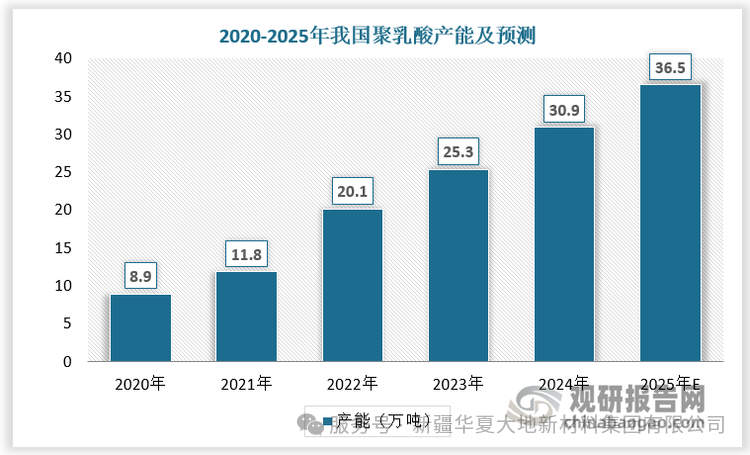 Currently, the domestic polylactic acid products are mainly of lower quality, and there is a high dependence on imported high-end products. In recent years, the import volume of polylactic acid in China has increased significantly. According to the data, from January to April 2025, the import volume of the primary form of polylactic acid in China was 48.3919 million US dollars, with a year-on-year growth of 42.69%; the export volume of the primary form of polylactic acid in China was 22.2372 million US dollars, which was less than half of the import volume.
Currently, the domestic polylactic acid products are mainly of lower quality, and there is a high dependence on imported high-end products. In recent years, the import volume of polylactic acid in China has increased significantly. According to the data, from January to April 2025, the import volume of the primary form of polylactic acid in China was 48.3919 million US dollars, with a year-on-year growth of 42.69%; the export volume of the primary form of polylactic acid in China was 22.2372 million US dollars, which was less than half of the import volume.
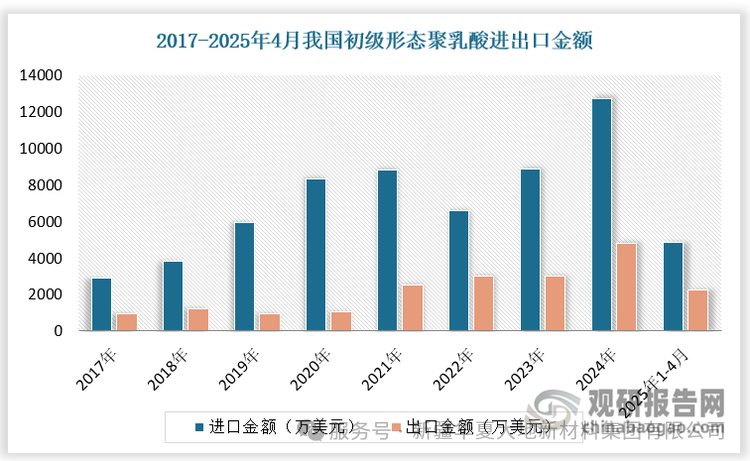 III. Leading domestic enterprises are emerging, and the trade deficit of polylactic acid may continue to narrow. The domestic substitution of polylactic acid is accelerating. Currently, the leading domestic enterprises in polylactic acid are accelerating the promotion of full-chain technology autonomy, focusing on breaking through the large-scale production of the core raw material caprolactone. In the future, domestic products are expected to fully meet domestic market demands, and their competitiveness in the international market is also expected to continuously improve. The trade deficit of polylactic acid may continue to narrow.
III. Leading domestic enterprises are emerging, and the trade deficit of polylactic acid may continue to narrow. The domestic substitution of polylactic acid is accelerating. Currently, the leading domestic enterprises in polylactic acid are accelerating the promotion of full-chain technology autonomy, focusing on breaking through the large-scale production of the core raw material caprolactone. In the future, domestic products are expected to fully meet domestic market demands, and their competitiveness in the international market is also expected to continuously improve. The trade deficit of polylactic acid may continue to narrow.
